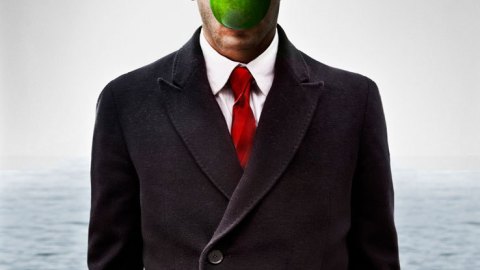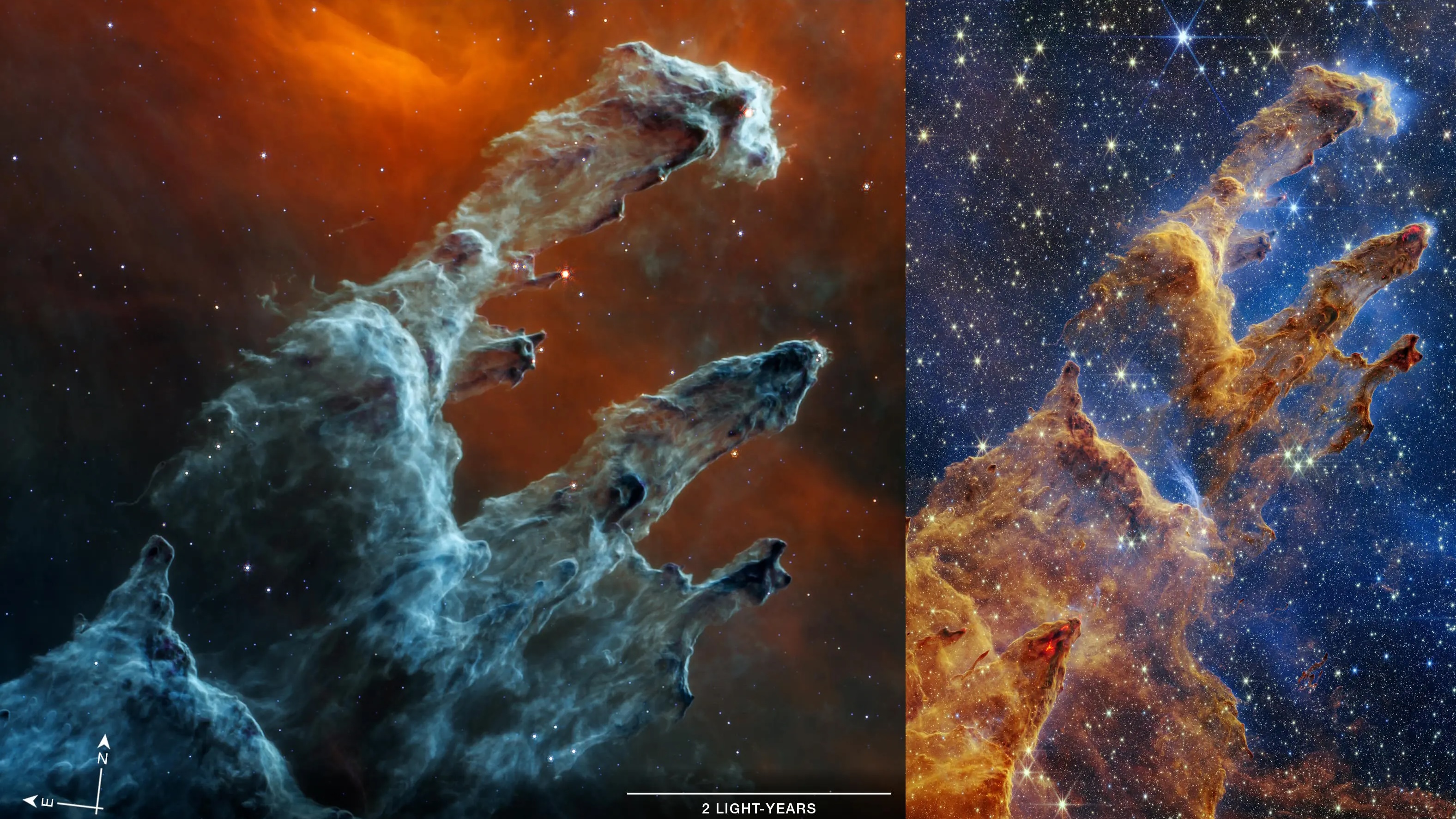Of Artists and Entrepreneurs: The Second Renaissance is Now

“Autonomy, adventure, imagination: entrepreneurship comprehends all this and more for us. The characteristic art form of our age may be the business plan.” –William Deresiewicz
Imagine you are a painter for a moment. In front of you is a blank canvas, sitting desolate on its stand, awaiting your spirit to infuse it with life. Right beside you are your tools. A paintbrush and a palette, with no more colors than a rainbow. It’s a simple set up – but altogether, combined with the human imagination and an ability to execute, has the ingredients to create a piece of work with the power to inspire and impact the course of history.
Whether you are a painter, sculptor, musician or movie director, what artists do is take an idea and manifest it into reality. From Michelangelo sculpting the David, to Quentin Tarantino writing, directing, and soundtracking a film, these artists are taking a vision that existed nowhere else but in their own mind, and actualizing it into reality through their work.
This process of dreaming and creating is typically associated with artists, but it is precisely what every entrepreneur has ever done. The only difference being the medium, which for the entrepreneur is not a canvas, but rather, the world around us.
The archetype is Steve Jobs. Imagining a day where a computer would be part of everyone’s life is a dream; the world we live in today validates the execution of that dream; and the design and elegance of Apple products is simply the aesthetics inherent in every great piece of art. For without beauty and awe, innovation would be soulless and unable to captivate an audience.
But the examples extend far beyond the late Steve Jobs. We have entrepreneurs like Elon Musk and Jack Dorsey; prolific ideators who dream and create, in the same fashion as artists like Banksy and Thom Yorke. These individuals are all luminaries, playing different instruments in the same concerto.
Now today in 2013, the hero’s journey is beginning to feel more like Star Wars than The Hobbit. Thanks to the rise of computers, the things we make seems to have no bounds. The canvas has given way to the tablet, and the plethora of modern day tools continue to increase in power and complexity. It has created a rich ecosystem for individuals to imagine, work and build. With resources available online and in the cloud, it is now possible to create something on Tuesday and have it reach millions by Wednesday.
This prolific period feels familiar. If the first Renaissance was characterized by the fusion of art and science to liberate mankind’s thinking, we must then be in a second Renaissance; one characterized by the same interdisciplinary school of thought, only with a business nuance that accelerates art into action.
Renaissance 1.0 took the canvas and the pen, and showed a world that could be. Renaissance 2.0 is taking the world itself, using new tools to tangibly redefine modus operandi. From Google to Facebook, to the projects on Behance and Kickstarter, we are high tide in a modern day evolution. Caffeinated by technology and motivated by the giants whose shoulders we stand upon, the formerly starving artist is now destined for the cover of Fortune magazine. These are the coders and the hackers, the hippies – who follow through on their to-do list, and they are rocking our world and lifting us out of the Industrial Age, into a Creative Age of abundance.
It is imperative we understand the origins of this innovation taking root, especially if we want to grow more of it. For at least in regards to our education system, we are standing at a crossroads between what was, and what could be. With MOOCs, the Khan Academy, and the whole nine yards attached to this next epoch of schooling, we will collectively be re-imagining the learning experience. In doing so, we must recognize what is essential and what is redundant.
Deciding what to juice our minds with and what to outsource to the machines has no definitive answer. However, rote memorization, knowledge regurgitation, and anything inside-the-box will only have depleting effects on a growing creative class. We need more artists and entrepreneurs, engineers and programmers. People that dream, and know how to make that dream come true. This is what our education system needs to embrace, this is what our Renaissance is all about.
The irony of all this – if the past is any indication of the future – is that the innovation in education, to teach the skills behind creativity and execution, will not come from the bureaucrats but rather the innovators themselves. Just as a painter teaches painting, and a pianist teaches the piano, it will be an entrepreneur who dreams, designs and builds the platform that can effectively teach entrepreneurship. But the time is here and now, with cell phones outnumbering toilets in the developing world, we must democratize this novel art form and empower individuals to paint their own canvas.
The seeds of Renaissance 2.0 have been planted, with a little bit of water and sunshine this planet can flourish. But as Buckminster Fuller once said, “you never change things by fighting the existing reality. To change something, build a new model that makes the existing model obsolete.” The transitionary phase we find ourselves in is similar to an artist going from draft a to draft b, or an entrepreneur going from beta-testing to public launch. It’s a recursive loop that builds off what came before and progressively improves. We must innovate our way to more innovation. We have the technology, but as the old saying goes: it’s not the tools, it’s the craftsman. We need to do this right, education is too important for the greater good. So as we re-learn how to learn, it’s time to teach the things that matter, and embrace the art of entrepreneurship.





